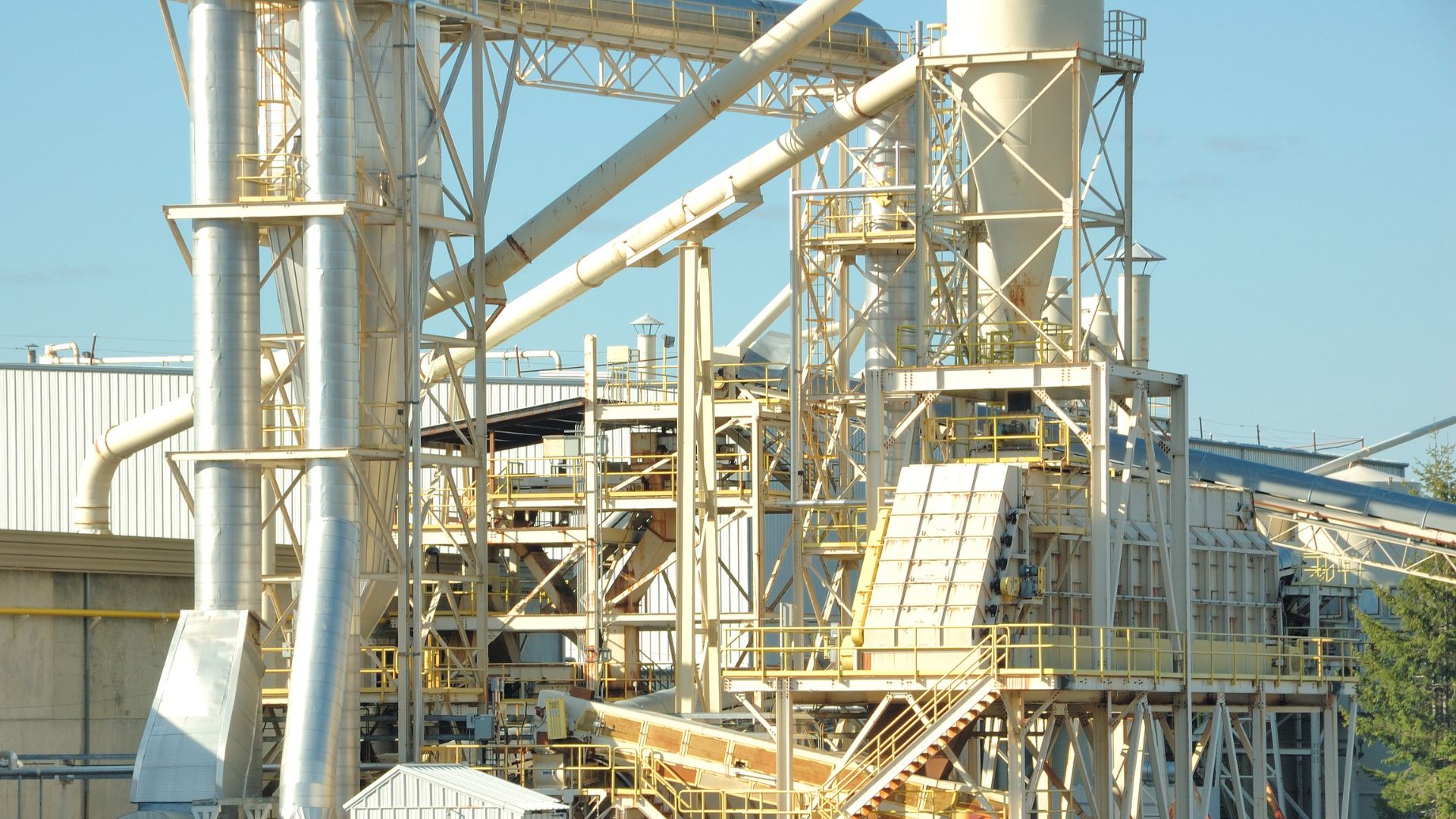World’s largest nuclear waste facility turns radioactive materials into glass

AI Article Summary
The Hanford Site in Washington state has begun operations to turn nuclear waste into glass at the world's largest radioactive waste treatment facility. This process, known as vitrification, involves mixing waste with glass-forming materials and heating it to create stable glass logs for safe disposal. The project is a collaborative effort involving Bechtel, the U.S. Department of Energy, Washington state, and other stakeholders to address environmental risks. The facility is set to process thousands of gallons of waste per day for long-term stabilization.
What This Means for Canadian Contractors
This project shows how innovative approaches, like vitrification, can effectively address long-term environmental challenges faced by waste treatment facilities. For Canadian builders, this means adopting advanced technologies could streamline processes and improve safety in managing hazardous materials, potentially influencing regulation standards and collaboration with government agencies.



